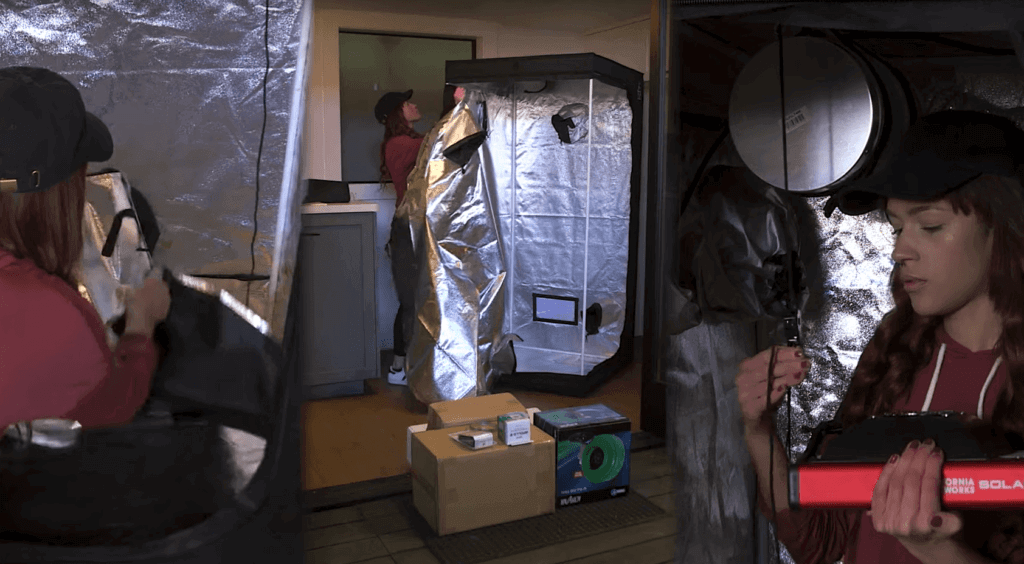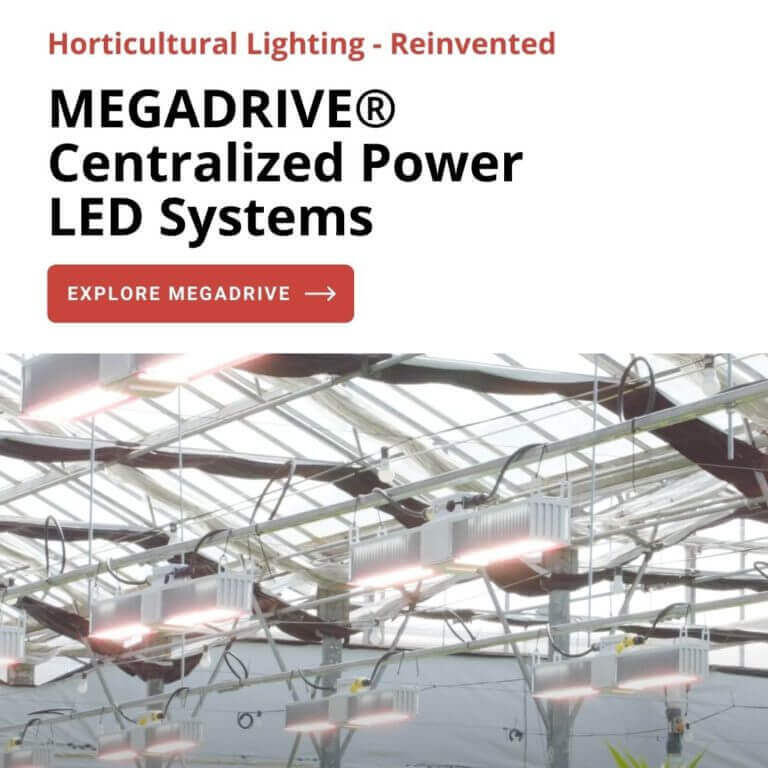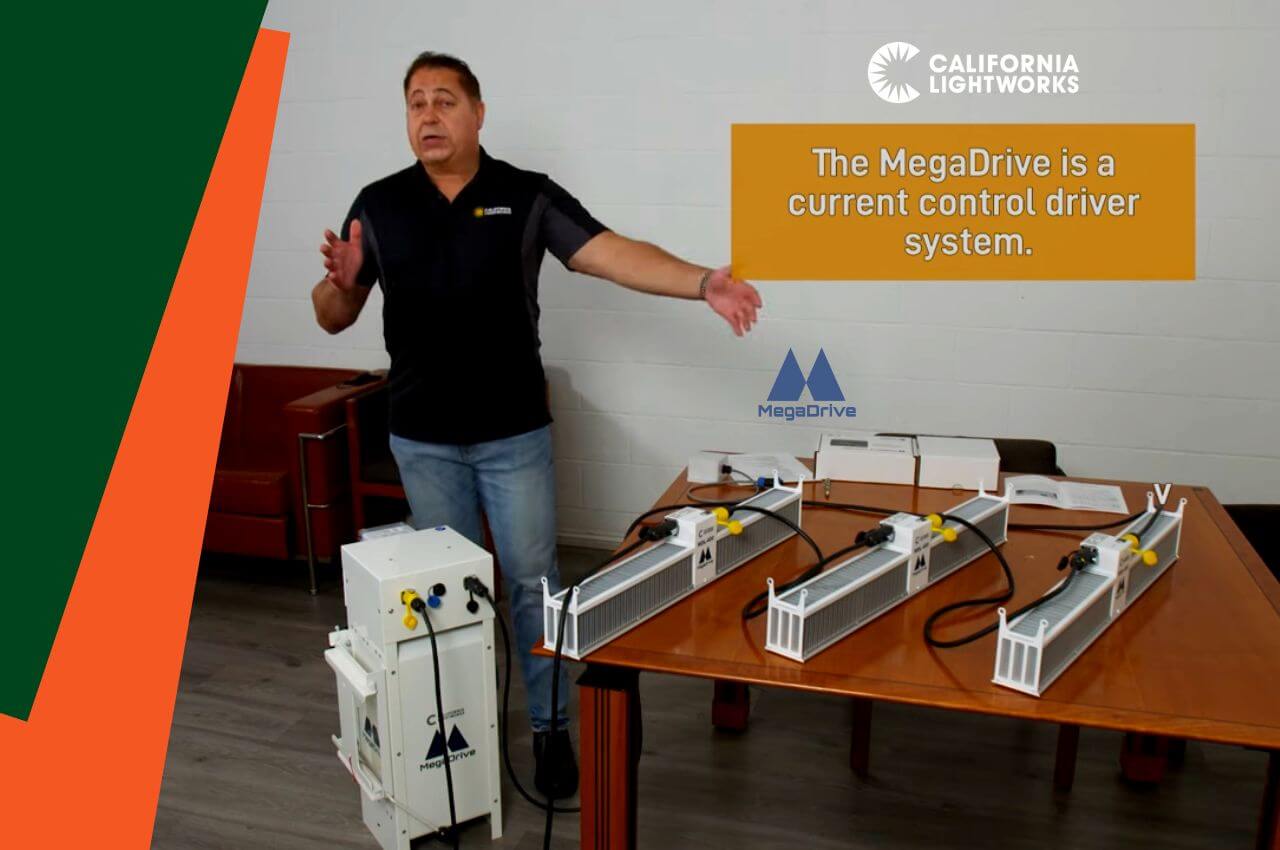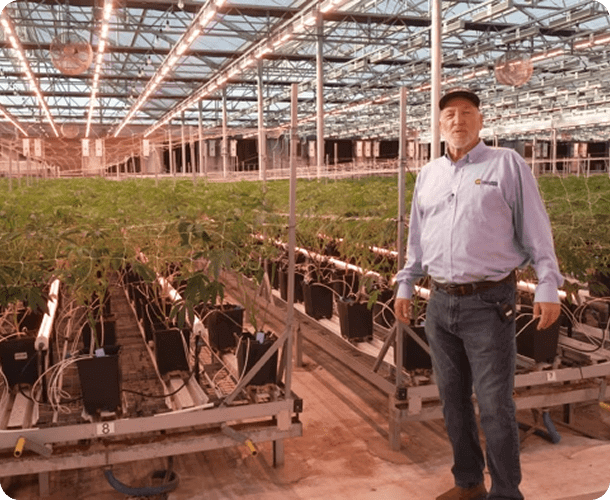Learning how to set up a grow tent for the first time? Making the switch from HID to LED grow lights? Either way, it’s important to find the right LED grow light for your tent size.
When you decide to use LED lights, you put yourself and your plants at a great advantage. LEDs are the only lights capable of providing plants with the exact light spectrum they need for all stages of the grow cycle. In addition to offering the highest quality of light, these lamps use the least amount of energy to function. They also emit very little heat, so you save on cooling expenses in addition to the reduced cost of operation.
But you cannot get the full benefits of LED grow lights if the fixture you choose is not right for your grow tent. Here are the essential steps for finding the right LED lights for your tent.
Step 1: Establish Whether Your Grow Tent is for Veg, Flowering, or Full Cycle Growing
How do you want to set up your grow operation? Do you plan to transfer plants between a dedicated veg tent and a flowering tent? Or do you plan to guide your crop through its full harvest cycle in the same enclosure?
This question is important for two reasons.
First, the answer tells you what type of LED light you need. If your plants will be spending their whole lives in this tent, you may want a variable spectrum LED that allows you to adjust the light spectrum between each phase of growth. Or, at the very least, a full spectrum light that can fulfill their needs in any stage.
Second, plants in the vegetative phase need about half as much light intensity as they require for flowering. This detail comes in handy for steps 3 and 4.
Step 2: Decide How Many Plants You Plan to Grow In Grow Tent
Choosing the right light for your grow tent isn’t just about the size of the tent itself. It’s also about the spread of the canopy that fills the space.
If you’re not sure how many plants you want to cultivate, plan on allowing at least one square foot for each plant. Leave enough space for your crops to grow wide and bushy. This sets you up nicely for high yields when the plant begins to bud.
When you know how many plants you need to light, you know how many square feet of light spread you need. Every LED grow light should feature easy-to-find specification on their product page. Look for the coverage area to see how well that light meets your needs.
Step 3: Estimate How Much Wattage You Need for Your Square Footage
We’re listing this step because it’s one of many factors to consider, but it is by no means a hard-and-fast rule. First we’ll share the common rule of thumb, then we’ll explain why you should use it cautiously.
Standard advice says you should aim for 32-50 watts per square foot of grow space. More like 25 watts if your grow space is a dedicated veg tent. So if you were working with a 3’ x 3’ space, you’d theoretically want an LED light with a power draw somewhere between 225 watts (vegetative) and 450 watts (flowering).
There are many LED grow lights for which this formula works. The problem is that watts don’t tell you anything about the quality or intensity of light the fixture produces. Not anymore. Top tier LED lights are extremely efficient and can produce an even spread of high intensity light at minimal wattage.
For example, the California Lightworks SolarXtreme 250 has a power draw of only 200 watts. But this lamp provides a PPFD level of 800 for a coverage area of 3’ x 3’. And if that doesn’t mean anything to you, don’t worry. We’re about to cover it in step 4.
Step 4: Compare PPFD Levels of LED Grow Lights
You can find in-depth information on PPFD metrics here. In the meantime, we’ll lay it out as simply as we can.
PPFD tells you how much photosynthetically active radiation (PAR) actually reaches the canopy from a specific hanging distance. This is a measurement of the amount of usable light that makes it from the lamp to the leaves.
For healthy, flavorful plants, follow this guide:
- Seedings and clones: 200-400 PPFD
- Vegetation: 400-600 PPFD
- Budding and flowering: 600-900 PPFD
You can see why it’s important to decide whether you want to dedicate your grow tent to a specific stage or the entire cycle. When you check the specifications of an LED grow light, make sure the light can provide:
- The PPFD level your plants need
- A large enough coverage area to ensure the entire canopy receives quality light
It is also important to note that PPFD depends on the hanging height of your lights. Light quality diminishes farther from the lamp. A PPFD measurement refers to the amount of PAR available at a specific distance from the fixture. So when you look at PPFD specs, note the distance at which that measurement has been taken.
For example, that 200-watt SolarXtreme 250 boasts a 500 PPFD at 18”. But if you’re able to get the light even closer to the canopy, a 12” distance provides a PPFD of 800. When you look at selecting the right LED grow light for your tent size, be sure to consider multilevel specs, not just square footage.
Finally, be sure you choose a quality LED light. Don’t be tempted by bargain lights. Cheap LED lights from China are unreliable and are not protected by a warranty. Not to mention, when you’re setting up a tent for the first time, it helps to have some support. You don’t get that with bargain manufacturers.
If there’s anything we at California Lightworks can do to help you get started, let us know. Our U.S.-based customer support is here to answer your questions and help you find the perfect light for your grow tent.





